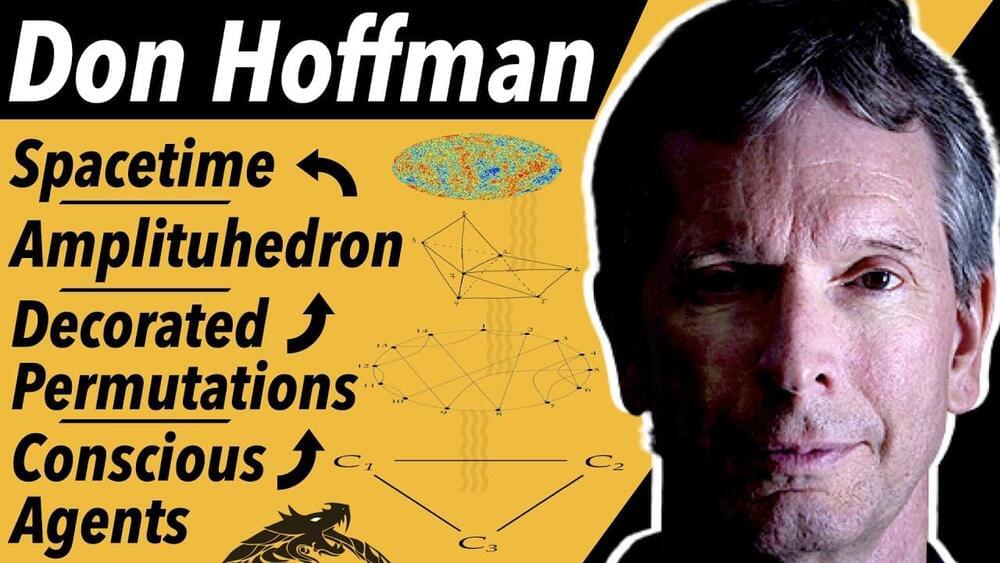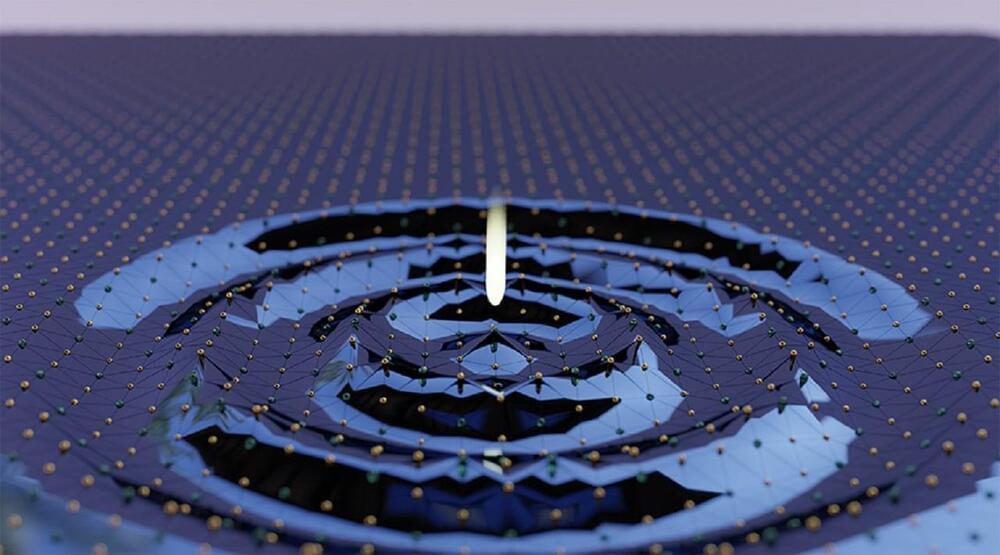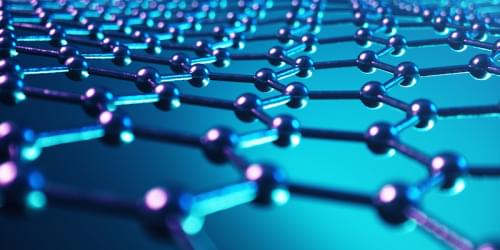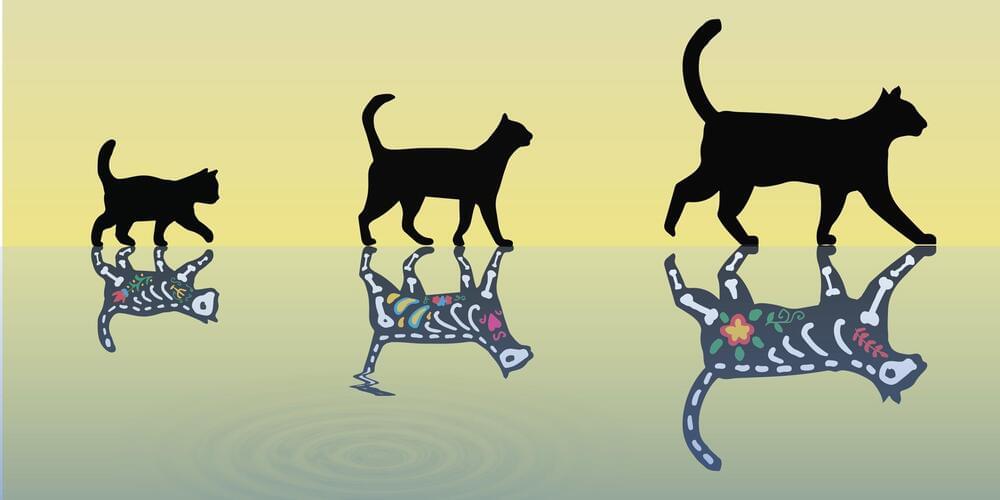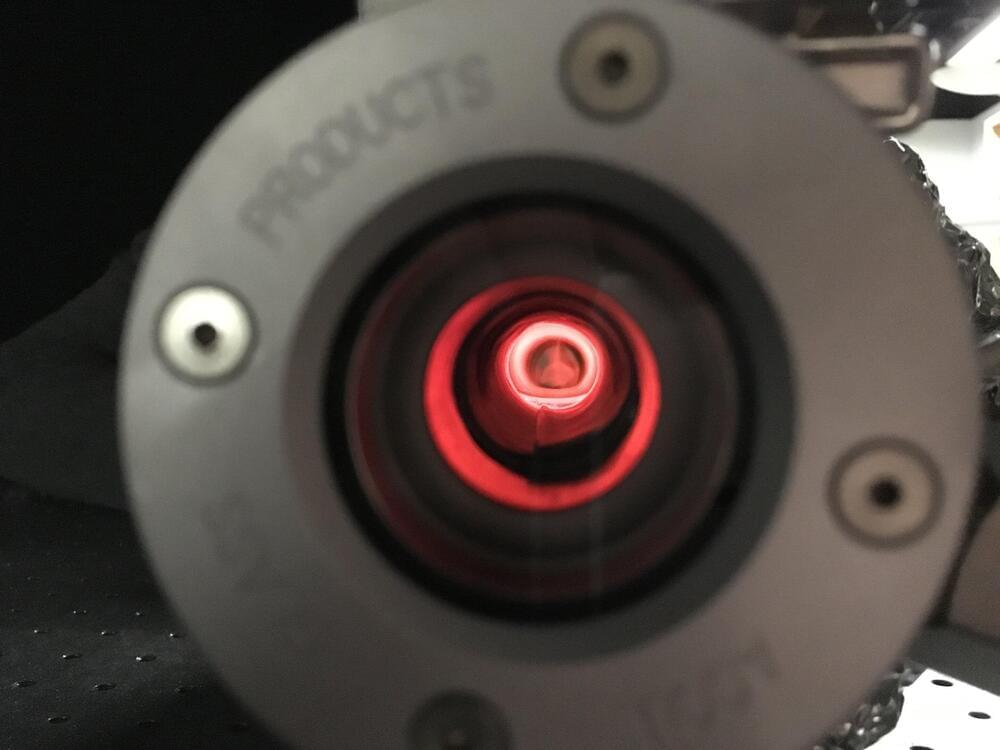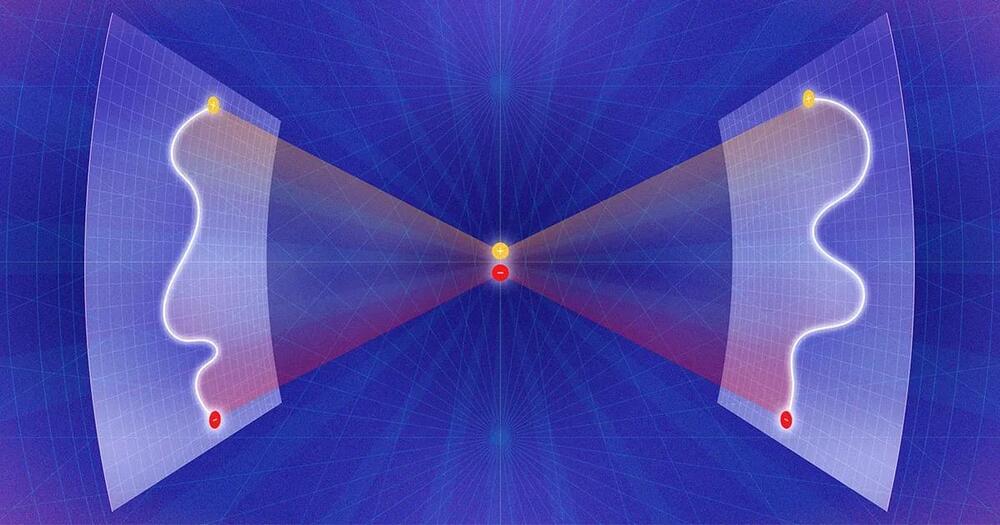Apr 22, 2023
Exposing the Strange Blueprint Behind “Reality” (Donald Hoffman Interview)
Posted by Dan Breeden in categories: biotech/medical, evolution, mathematics, neuroscience, quantum physics
Donald Hoffman interview on spacetime, consciousness, and how biological fitness conceals reality. We discuss Nima Arkani-Hamed’s Amplituhedron, decorated permutations, evolution, and the unlimited intelligence.
The Amplituhedron is a static, monolithic, geometric object with many dimensions. Its volume codes for amplitudes of particle interactions & its structure codes for locality and unitarity. Decorated permutations are the deepest core from which the Amplituhedron gets its structure. There are no dynamics, they are monoliths as in 2001: A Space Odyssey.
Continue reading “Exposing the Strange Blueprint Behind ‘Reality’ (Donald Hoffman Interview)” »
